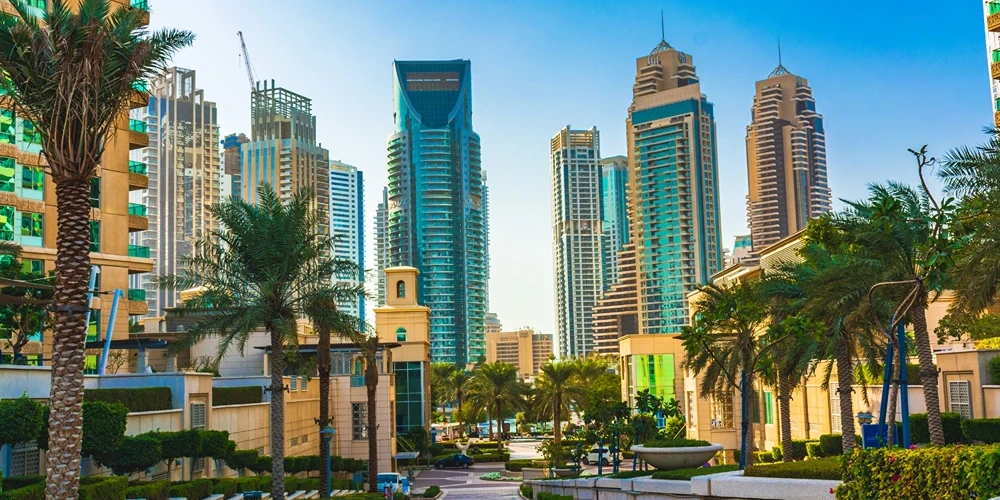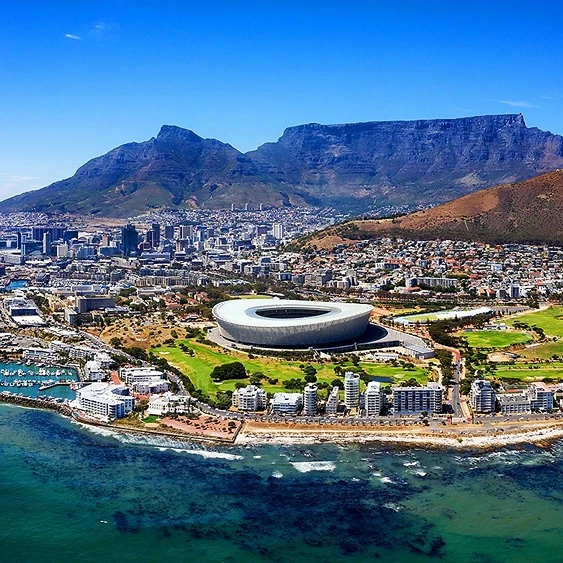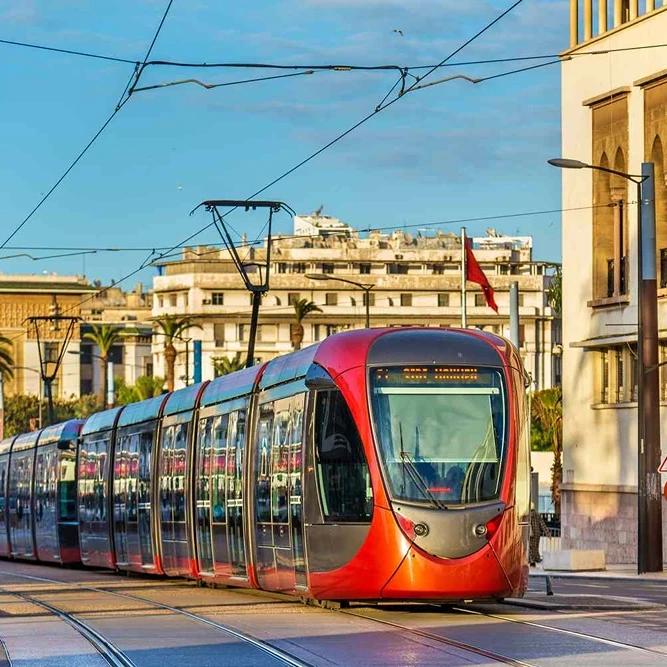Navigating the UAE’s transportation system can seem daunting for outsiders. How can one get around efficiently amidst the glittering skyscrapers and vast deserts? This guide breaks down the most effective ways to traverse the Emirates, whether you’re commuting in Dubai’s sprawling metropolis or exploring Abu Dhabi. From understanding the Dubai Metro’s operational schedules to mastering the bus fare systems, we’ve got you covered. Discover practical tips and essential information to make your journey through the UAE seamless and hassle-free. Ready to travel smarter? Let’s dive into the specifics.
Table of Contents
Public Transportation Options in the UAE
The Dubai Metro is a key component of transportation in the UAE, offering two main lines: Red and Green. Operating from 5 AM to midnight on weekdays and until 1 AM on weekends, the metro is a reliable option for daily commutes and tourist visits alike. Fares range between AED 3 and AED 7.5, making it a cost-effective choice for getting around the city. For a more detailed breakdown of expenses, including transportation, accommodation, and dining, check out our comprehensive guide on money and costs for united arab emirates. Understanding the financial aspects of your trip can help you budget more effectively and enjoy your stay without any unexpected surprises.
Buses in Dubai and Abu Dhabi provide extensive coverage and are essential for public transport. In Dubai, buses require a Nol Card for payment, with fares starting at AED 3. Abu Dhabi’s bus network is also extensive, with fares beginning at AED 2. These networks ensure that residents and visitors can travel efficiently within urban areas.
The Dubai Tram and Monorail services offer additional transport solutions. The Dubai Tram operates from 6:30 AM to 1 AM on weekdays and 9 AM to 1 AM on Fridays, with a fare of AED 3 per trip. The Monorail serves specific areas, primarily connecting to popular destinations like Palm Jumeirah. These services complement the metro and bus networks, providing comprehensive coverage for various travel needs.
| Transport Mode | Operating Hours | Fare Range |
|---|---|---|
| Metro Red Line | 5 AM – 12 AM (1 AM on weekends) | AED 3 – AED 7.5 |
| Metro Green Line | 5 AM – 12 AM (1 AM on weekends) | AED 3 – AED 7.5 |
| Dubai Buses | Varies | Starting at AED 3 |
| Abu Dhabi Buses | Varies | Starting at AED 2 |
| Dubai Tram | 6:30 AM – 1 AM (9 AM – 1 AM on Fridays) | AED 3 per trip |
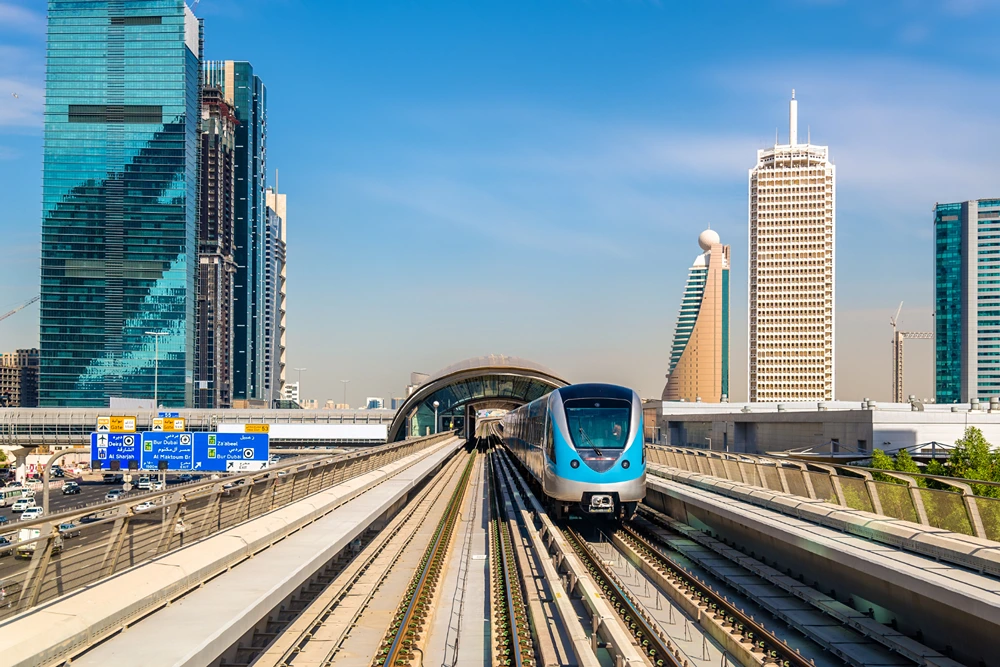
Taxis and Rideshare Services in the UAE
Taxis are a prevalent mode of transportation in both Dubai and Abu Dhabi. In Dubai, taxis start at AED 12, with a rate of AED 1.82 per kilometer. This base fare can increase during peak hours or for special services such as airport transfers. Abu Dhabi’s taxis have a lower base fare starting at AED 5, but rates per kilometer can vary slightly. Both cities offer well-regulated taxi services, ensuring that passengers have a reliable and safe means of getting around.
Rideshare services like Uber and Careem are also widely available in the UAE. These services provide various ride options, ranging from economy to premium categories, catering to different budgets and preferences. Prices for rideshare services are typically higher than regular taxis but come with added benefits such as app-based booking, which allows for easy scheduling and tracking of rides. Both Uber and Careem offer transparent pricing and safety features, such as driver ratings and real-time tracking, enhancing the overall user experience.
Advantages of using rideshare services:
- Convenience
- App-based booking
- Various ride options
- Consistent pricing
- Safety features
Car Rental and Driving in the UAE
Car rentals in the UAE are a convenient option for travelers and expatriates, with economy cars starting at around AED 60 per day. Major rental companies such as Hertz, Avis, and Budget offer a range of vehicles to suit different needs and budgets. These companies provide reliable services and often include additional options like insurance and GPS navigation systems. Renting a car allows for greater flexibility and ease of travel, especially for those planning to explore areas beyond the major cities. For those interested in exploring the scenic routes, the best road trips in united arab emirates offer a fantastic opportunity to experience the country’s diverse landscapes. From the rugged mountains of Hatta to the serene beaches of Fujairah, these road trips provide a unique way to see the UAE. Whether you’re an adventure seeker or a leisure traveler, hitting the open road can be one of the most rewarding ways to discover the hidden gems of the Emirates. If you’re looking for inspiration on where to go, consider embarking on some of the best road trips in united arab emirates. These routes offer breathtaking views and unique experiences, from the rugged mountains of Hatta to the serene beaches of Fujairah.
Driving in the UAE requires adherence to specific laws and regulations. All drivers must possess a valid driving license, which can be either an international driving permit or a license issued in the UAE. Strict traffic regulations are enforced, including the use of seat belts, adherence to speed limits, and prohibition of mobile phone use while driving. The UAE also has zero tolerance for driving under the influence of alcohol, with severe penalties for violations. Familiarity with these laws is crucial for a safe driving experience.
Parking and toll systems are essential considerations for drivers in the UAE, particularly in Dubai. The Salik system, an automated toll collection system, charges vehicles as they pass through toll gates. These charges are automatically deducted from a prepaid account linked to the vehicle’s registration. Parking in urban areas can be challenging, with paid parking zones and multi-story parking facilities available. Fees vary depending on the location and duration, and payment can be made through mobile apps or at designated machines.
Tips for renting and driving a car in the UAE:
- Choose reputable rental companies
- Check for insurance coverage
- Be aware of traffic rules
- Use GPS for navigation
- Plan for toll charges
- Find available parking spaces
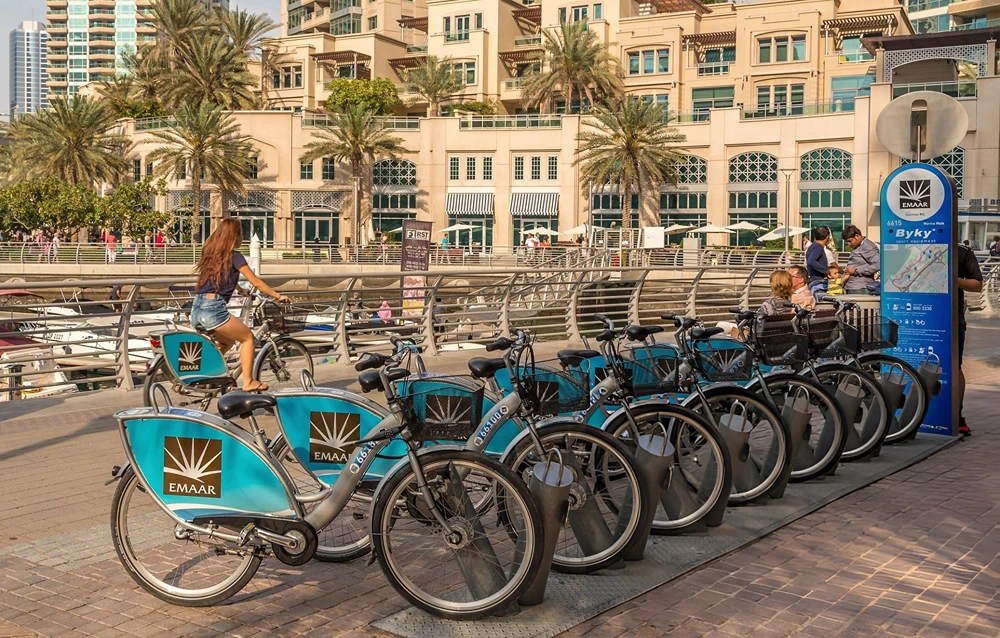
Cycling and Walking in the UAE
Cycling in the UAE is becoming increasingly popular, especially in urban areas like Dubai, which boasts dedicated bike lanes and rental services such as Byky. These facilities make it easy for residents and visitors to cycle safely and conveniently. The city has made significant investments in cycling infrastructure to encourage this eco-friendly mode of transport. In addition to bike lanes, there are numerous cycling tracks that cater to both casual cyclists and professionals. Rental services offer various types of bikes, from standard city bikes to high-end models, making it accessible for everyone.
Walking is also an option in pedestrian-friendly areas, though the UAE’s hot climate can be a challenge. To make the most of your outdoor activities, it’s crucial to know the best time to travel to united arab emirates. Cooler months offer a more pleasant experience for walking and cycling, allowing you to explore the cities without the discomfort of extreme heat. Downtown Dubai and Abu Dhabi’s Corniche are excellent examples of zones designed for walking, featuring wide sidewalks, shaded areas, and numerous attractions. These areas are well-maintained and regularly patrolled, ensuring safety for pedestrians. However, during the summer months, temperatures can soar, making outdoor activities less enjoyable. It’s advisable to walk during the cooler parts of the day, such as early morning or late evening, and to stay hydrated.
Best areas for cycling and walking in the UAE:
- Dubai Marina
- Jumeirah Corniche
- Abu Dhabi’s Corniche
- Al Qudra Cycle Track
Practical Tips for Getting Around in the UAE
Using public transportation in the UAE can be made more efficient with a Nol Card. What are the benefits of using a Nol Card? The Nol Card provides seamless access to metro, buses, trams, and even parking meters in Dubai. It simplifies the payment process and can be topped up online or at various stations. Another crucial tip is to check schedules and routes in advance. This ensures you avoid unnecessary delays and can plan your trips more effectively. Most transportation services have online schedules and apps that provide real-time updates, which can be particularly useful during peak hours.
Considering car rentals for trips outside major cities can also be advantageous. How do you choose the best car rental option? Opt for reputable car rental companies that offer comprehensive insurance and GPS services. It’s important to be aware of fare ranges, which for public transportation typically range from AED 3 to AED 7.5. This knowledge helps in budgeting effectively for your daily commute. Additionally, understanding local transport etiquette, such as giving priority seating to the elderly and adhering to designated waiting areas, ensures a smoother travel experience.
Practical tips for getting around:
- Use Nol Card for seamless travel
- Check schedules online
- Plan travel during off-peak hours
- Be aware of fare ranges
- Follow local transport etiquette
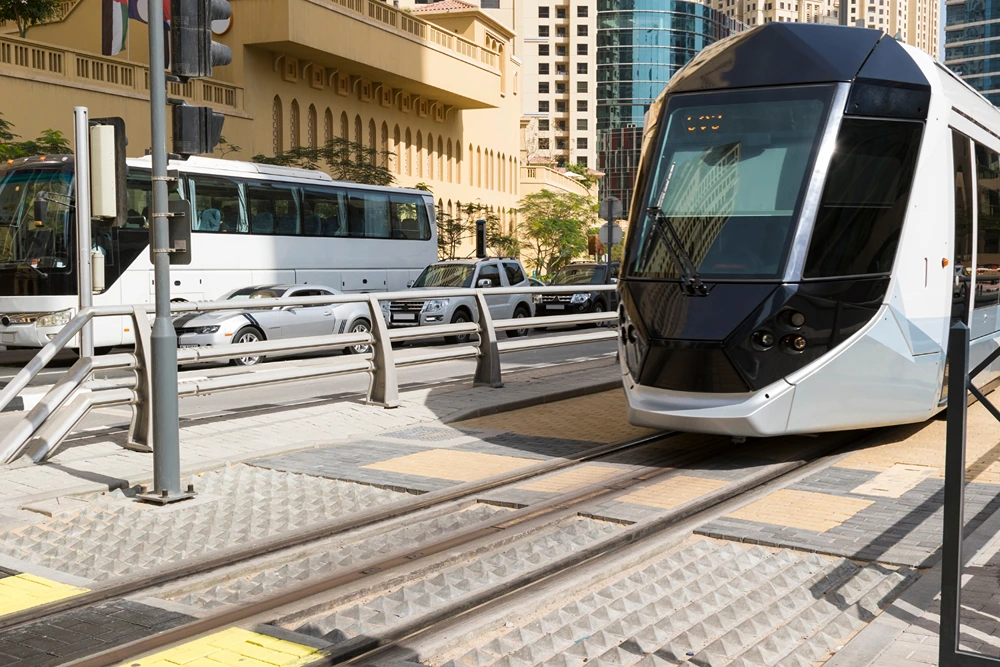
Final Words
Navigating the UAE’s diverse transportation options can seem overwhelming initially.
From public transportation like the Dubai Metro, buses, and trams to taxis, rideshare services, and car rentals, there are numerous ways to get around efficiently.
Cycling and walking also offer practical alternatives in specific areas,
despite the hot climate.
Understanding fare structures, operational hours, and utilizing tools like the Nol Card can simplify travel.
Embracing these tips and options ensures a smooth and enjoyable experience when getting around in the United Arab Emirates.
FAQ
What are the main public transportation options in the UAE?
Public transportation in the UAE includes buses, metro, trams, and monorails. The Dubai Metro has two lines, Red and Green. Buses in Dubai and Abu Dhabi provide extensive networks. The Dubai Tram and Monorail, though limited in coverage, serve key areas.
What are the operating hours and fares for the Dubai Metro?
The Dubai Metro operates from 5 AM to midnight on weekdays and until 1 AM on weekends. Fares range from AED 3 to AED 7.5, depending on the distance traveled.
How do I pay for bus rides in Dubai?
Dubai buses require a Nol Card for payment, with fares starting at AED 3 per trip. The Nol Card can be purchased and recharged at metro stations, bus stations, and online.
What are the operating hours and fare details for the Dubai Tram?
The Dubai Tram operates from 6:30 AM to 1 AM on weekdays and from 9 AM to 1 AM on Fridays. The fare for a single trip is AED 3.
How extensive is the bus network in Abu Dhabi?
Abu Dhabi’s bus network is extensive, covering various parts of the city and suburban areas. Fares start at AED 2 per trip, and schedules can be checked online or at bus stations.
How do taxis and rideshare services compare in the UAE?
Taxis in Dubai start at AED 12, with a rate of AED 1.82 per kilometer. In Abu Dhabi, the base fare is AED 5. Rideshare services like Uber and Careem offer economy and premium ride options, typically at higher but more consistent prices.
Hazel Wall is a passionate traveler, writer, and explorer dedicated to sharing her experiences and insights with fellow adventurers. With a background in journalism and a deep love for discovering new cultures, Hazel has journeyed across continents, immersing herself in diverse landscapes and traditions.


